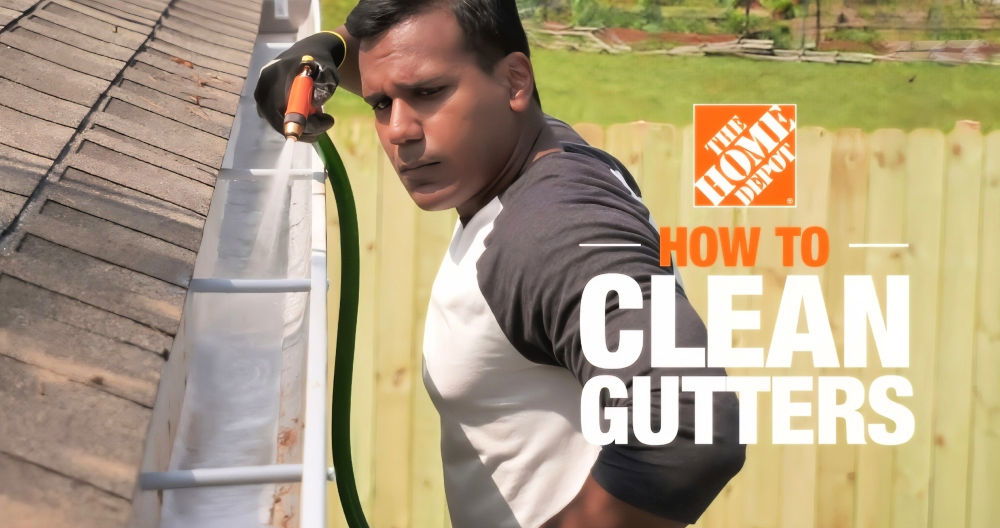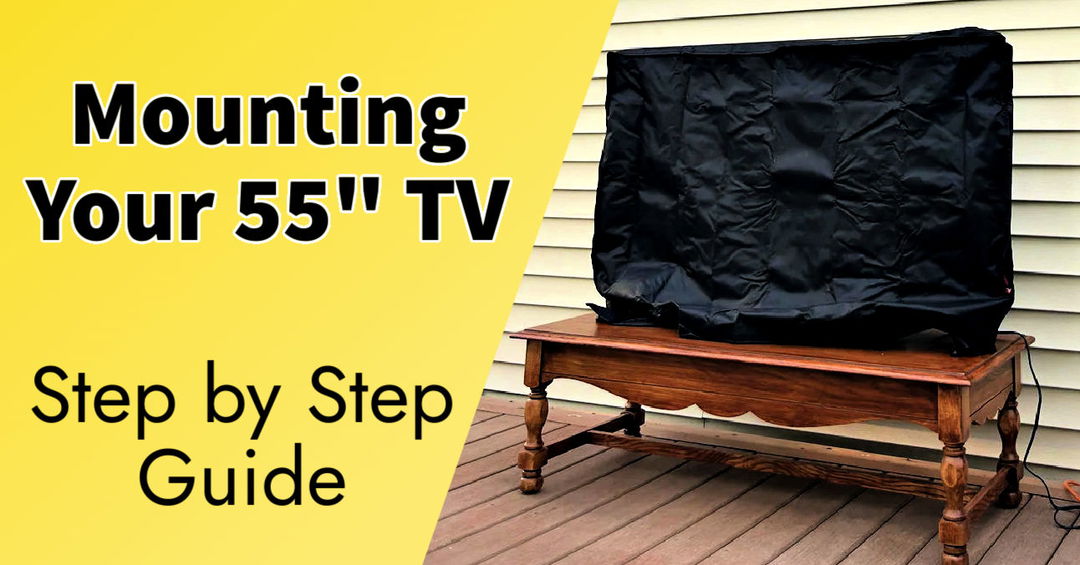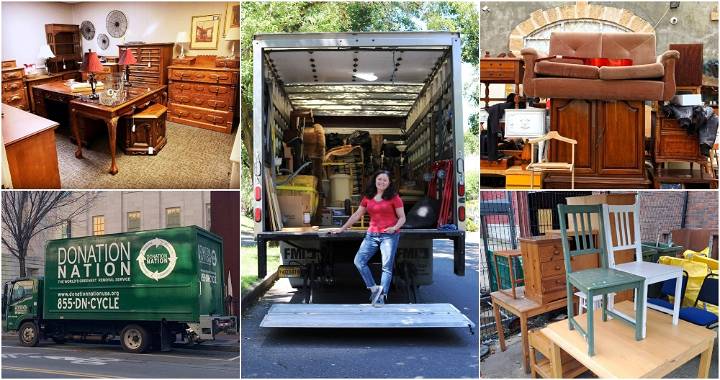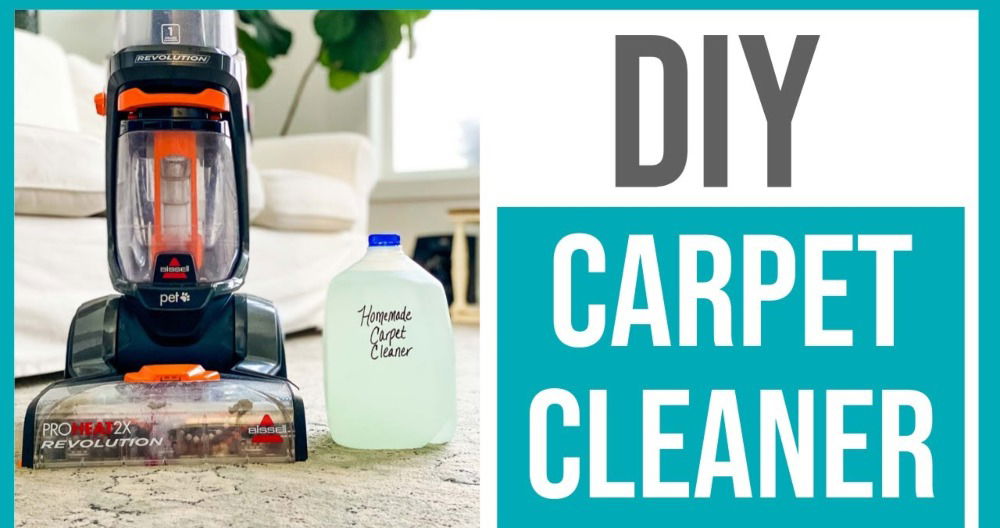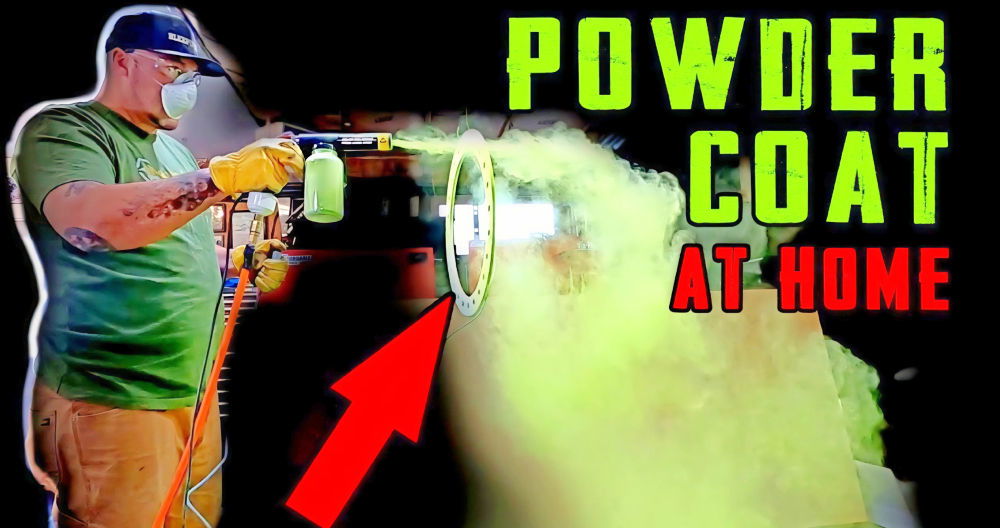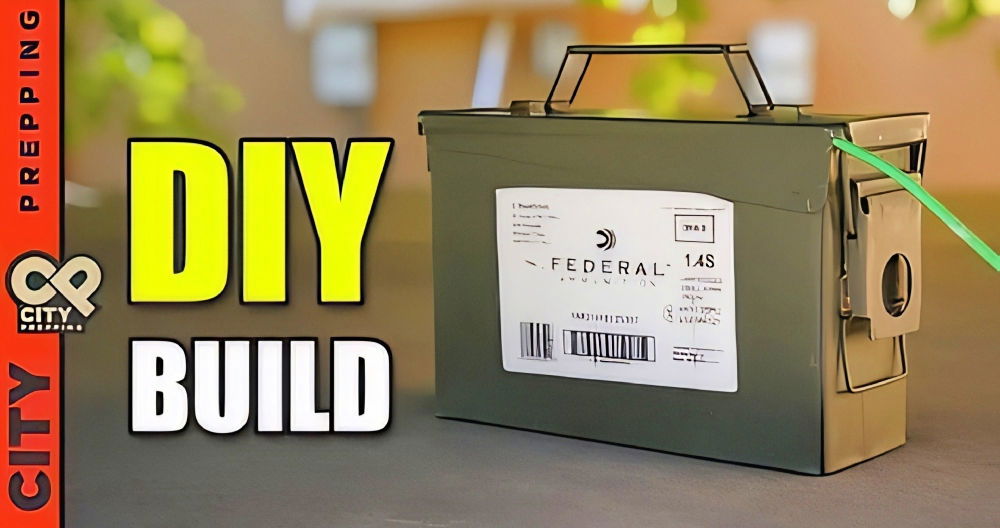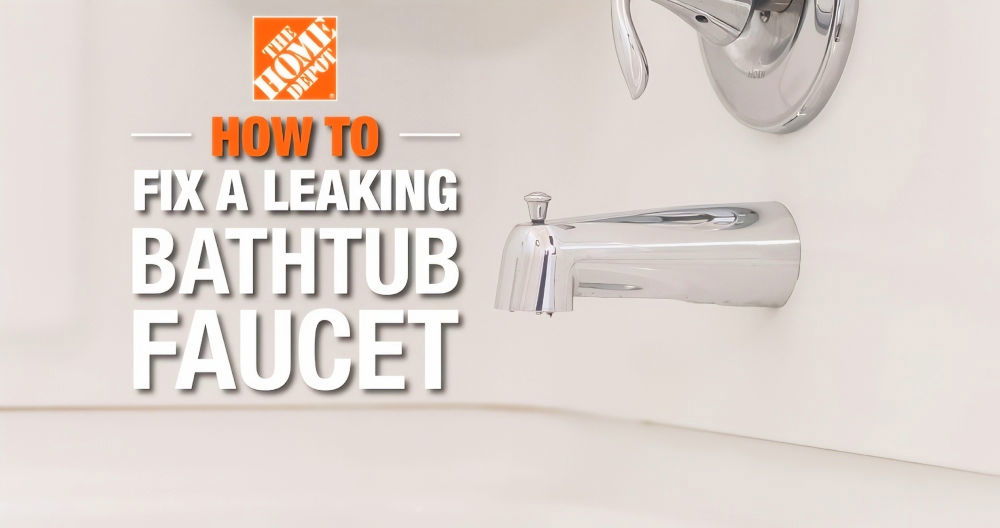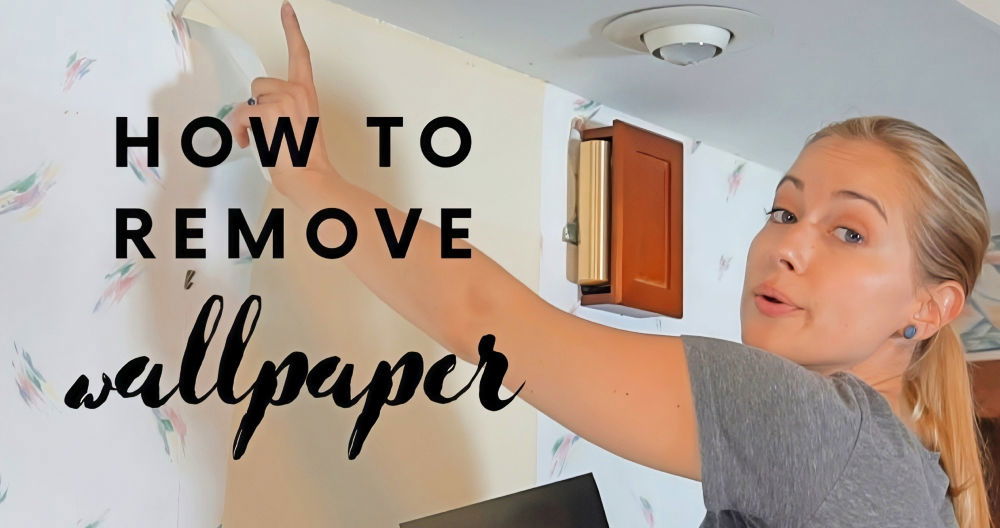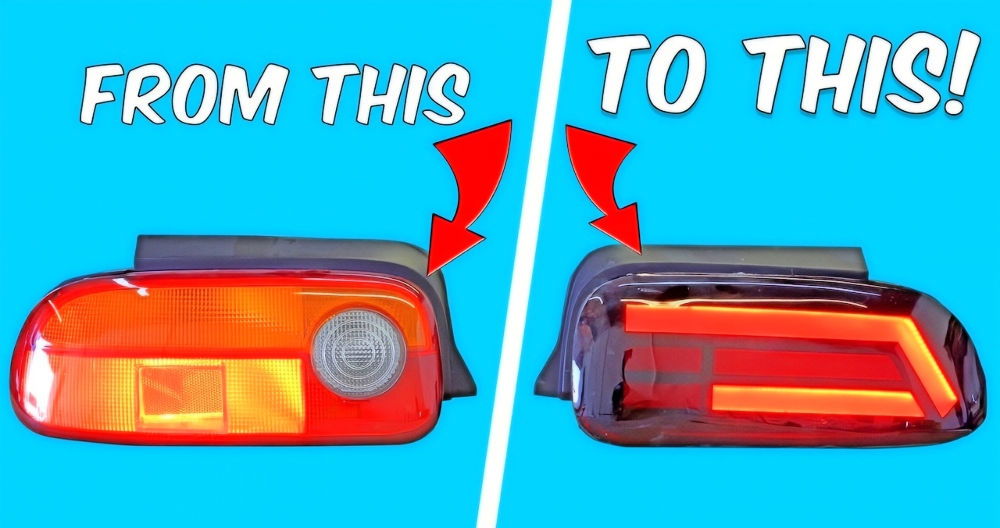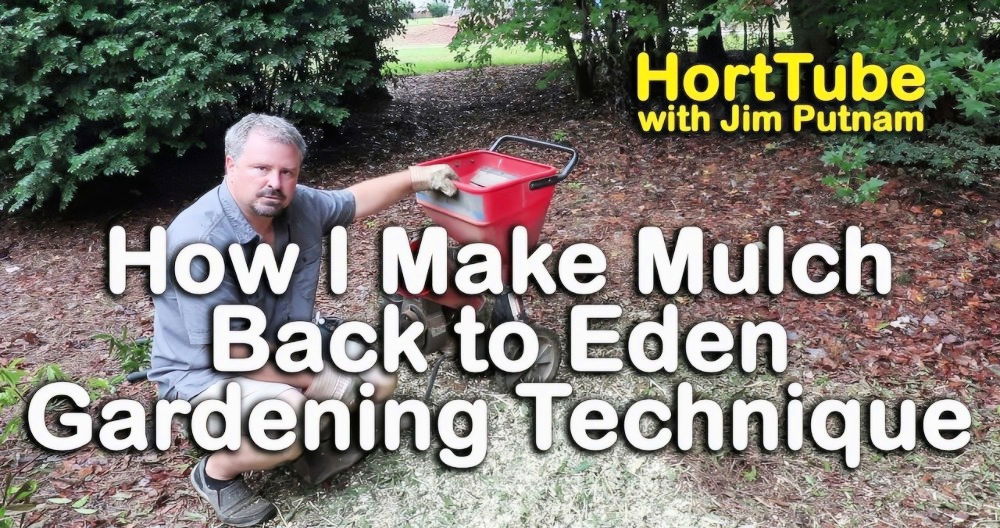Mounting a large TV, like a 65-inch Hisense U7KQ weighing about 20 kilograms, on an aerated concrete wall can be a tricky task. Aerated concrete walls, such as those made from Syporex or Ytong blocks, have unique characteristics that require careful consideration when mounting heavy objects. In this guide, I'll share the steps and considerations for safely mounting your TV on such a wall, drawing from practical experiences and best practices.
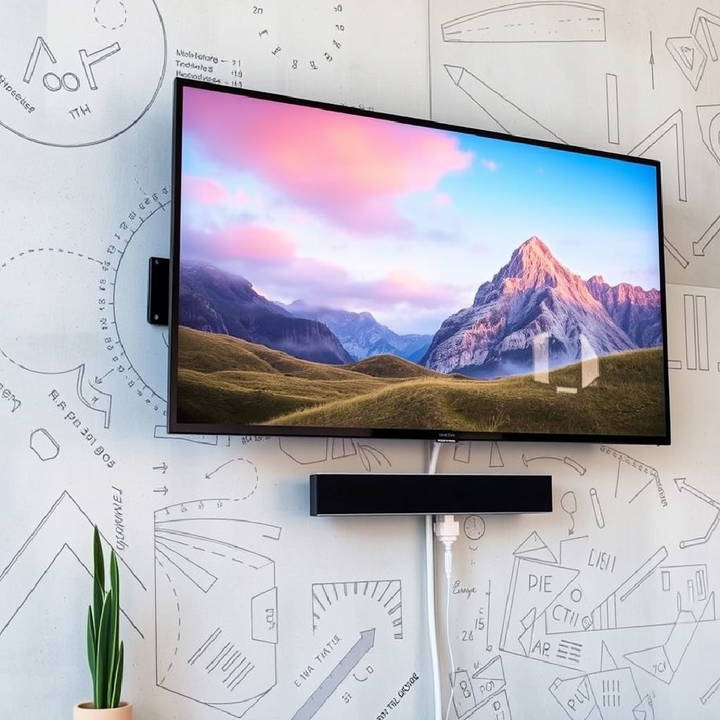
Understanding Aerated Concrete Walls
Aerated concrete, also known as autoclaved aerated concrete (AAC), is a lightweight material often used for walls due to its thermal insulation properties. However, it is relatively softer compared to standard concrete or brick, which poses challenges when mounting heavy items. Drilling into it is easier, but its ability to hold anchors securely can be compromised if not done correctly.
Assessing Your Wall and Mount Requirements
Before you begin, let's break down the specific components and details involved:
1. TV and Mount Specifications:
- TV Model: Hisense U7KQ, weighing around 20 kg.
- Mount Model: SBOX PLB 6545T, capable of tilting 5 degrees and articulating forward and backward. The mount's wall plate is 65 cm long and 20 cm tall, with 20 holes distributed across its surface.
2. Previous Setup:
- A smaller 43-inch TV (about 9 kg) was previously mounted on the same wall with a Manhattan articulating mount without any issues. This suggests that the wall can hold some weight, but the larger and heavier TV requires more robust anchoring.
3. Wall Characteristics:
- The wall is at least 10 cm thick, made from aerated concrete blocks.
- It's soft enough to be drilled with a standard Ikea Trixig drill, which confirms the wall's softness but also highlights the need for appropriate anchoring.
Choosing the Right Anchors
Given the weight of the TV and the nature of aerated concrete, the choice of anchors is critical. The mount comes with 10 mm wide universal anchors, with a recommended hole depth of 6 cm. However, the following considerations should guide your decision:
1. Specialized Anchors for Aerated Concrete:
It’s advisable to use anchors specifically designed for aerated concrete, such as swirly anchors or aerated concrete-specific plugs. These types of anchors provide better grip and distribution of force within the softer material.
2. Avoiding Chemical Anchors:
Although chemical anchors provide a very strong hold, some users prefer to avoid them due to difficulty in removing them later and concerns about compatibility with aerated concrete.
3. Alternative Suggestions from the Community:
- Securing a 2x6 Wooden Board: One suggestion is to attach a 2x6 board to the wall with concrete lag bolts and then attach the TV mount to the wooden board. This method distributes the weight across a larger area, reducing the risk of the wall crumbling under concentrated stress points.
- Additional Anchors: Another recommendation is to use more anchors than the standard six suggested for the mount. Adding extra anchors between the existing holes can help distribute the load more evenly, enhancing the stability of the mount.
Drilling and Mounting Process
Mark the Holes:
Start by marking the positions for the anchors on the wall. Ensure that these positions are spaced out evenly to distribute the weight. Consider the locations of any previous holes to avoid drilling too close to them, which could weaken the wall.
Drill the Holes:
Use a drill with a bit suitable for aerated concrete. The depth should match the anchor specifications, typically around 6 cm for the provided anchors, but this could vary based on the type of anchor you choose.
Install the Anchors:
Insert the specialized anchors into the holes. If you’re using swirly anchors or aerated concrete plugs, follow the manufacturer’s instructions for optimal installation. Make sure the anchors are snug and well-fitted to the holes to prevent any movement.
Attach the Mount:
Secure the TV mount to the wall using the anchors. Tighten the bolts evenly, ensuring that the mount is level and securely attached.
Test the Mount:
Before hanging the TV, gently pull on the mount to ensure it’s firmly attached. The mount should not shift or feel loose. If there is any movement, you may need to reassess the anchors and their placement.
Mount the TV:
With the help of another person, lift the TV and carefully attach it to the mount. Double-check that all components are securely fastened and that the TV is level.
Tips and Considerations
- Weight Distribution: Ensure that the TV's weight is distributed across as many anchors as possible. Avoid relying on just a few anchors, as this could lead to failure, especially with the soft nature of aerated concrete.
- Reinforcement with a TV Bench: If the TV is currently on a bench, consider anchoring it to the wall to prevent tipping over. This setup allows for additional support without fully relying on the wall to hold the entire weight.
- Avoid Old Holes: If there are any previous mounting holes, make sure to fill them properly and avoid placing new anchors too close. Weak points from old holes can compromise the integrity of the mount.
- Consider the Long-Term: If you plan to adjust or remove the mount in the future, think about the types of anchors you use. Some anchors are more permanent than others, which could affect your decision.
Conclusion
Mounting a 65-inch TV on an aerated concrete wall is entirely feasible with the right approach. By choosing the appropriate anchors, distributing the weight effectively, and carefully following installation steps, you can ensure a secure and stable setup for your TV. Remember, it’s always better to over-prepare with additional anchors or reinforcement methods like a 2x6 board than to risk potential damage to your wall or, worse, your TV.
FAQs for Mounting a 65-Inch TV on an Aerated Concrete Wall
Learn how to mount a 65-inch TV on an aerated concrete wall with these expert FAQs. Step-by-step guidance to ensure secure and safe installation.
Yes, you can mount a 65-inch TV on an aerated concrete wall, but it requires careful planning and the right materials. Aerated concrete is softer than regular concrete, so you need specialized anchors to ensure a secure fit.
For aerated concrete, it’s best to use anchors specifically designed for this type of material, such as swirly anchors or aerated concrete plugs. These anchors provide a better grip in softer walls and distribute weight more effectively.
Chemical anchors are strong, but they can be difficult to remove later. Some users prefer to avoid them for this reason. Additionally, chemical anchors may not be necessary if you use the right mechanical anchors designed for aerated concrete.
The depth of the holes depends on the anchor type. For standard 10 mm wide universal anchors, a hole depth of about 6 cm is recommended. Always follow the anchor manufacturer's guidelines for the best results.
It’s not a good idea to use the same holes from a previous mount. Old holes can weaken the wall and may not provide a secure hold. Fill old holes with grout or a suitable filler and drill new holes a safe distance away.
Yes, adding more anchors can help distribute the weight more evenly across the wall. This can increase stability and reduce the risk of the wall crumbling under the load, especially for heavier TVs.
One alternative method is to attach a 2x6 wooden board to the wall with concrete lag bolts. You can then mount the TV bracket onto the board. This method spreads the weight over a larger area, providing more stability.
After installing the anchors and attaching the mount to the wall, pull on the mount gently to test its hold. It should not move or feel loose. If it does, check the anchors and bolts and adjust as needed.
Yes, using a TV bench along with the wall mount can provide additional support. The bench helps bear some of the weight, reducing the load on the wall and preventing the TV from tipping over.
If the wall crumbles, stop immediately. This could mean the material is too weak to hold the mount. Consider reinforcing the wall with a wooden board or consult a professional for a safer solution.


